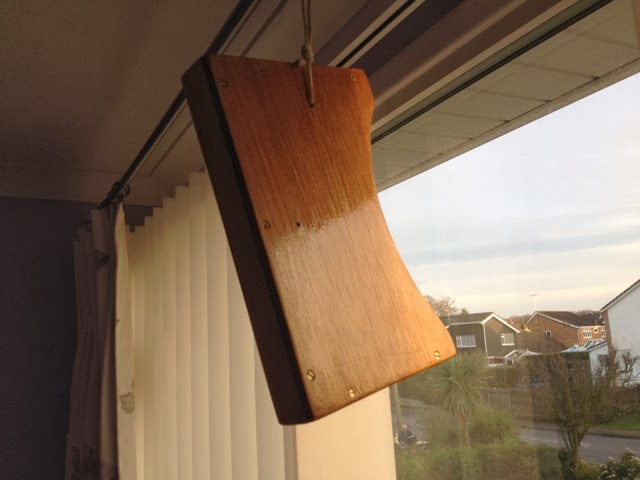Bread is the staple diet of countless millions. The basic
ingredients are flour, sugar, yeast, salt, water and oil.
At Christmas we were given a surprise present, an Andrew
James bread maker. When the demands of the festive season were over, we had
time and energy to examine the gizmo. Understanding the instructions took a bit
of doing, but we eventually overcame them.
As we had some wholemeal flour to hand, we thought we would
have a go at testing the machine. After choosing the appropriate cycle, i.e.,
the programme for a wholemeal loaf, we added the ingredients, shut the lid and
pressed the start button. The indicator showed that the total time for making
and baking would be 2 hours and 40 minutes.
Inquisitively, now and again, we peered through the viewing
window at the top of the machine to see what was going on. First it kneaded the
dough by rotating it with an internal plastic blade. This action was followed
by two short periods of inactivity for the dough to rise. Then the actual
baking began.
Shortly before time was up, we took another peek through the
viewing window. The bread looked wonderfully scrumptious, having a lovely,
light golden crusty surface, and the smell was mouth-wateringly delicious.
Imagine our disappointment after removing ‘our’ creation
from the pan, when the upper curved surface caved in to form a precipitous
crater dipping deeply down into the centre. The object of our short-lived joy
resembled a four-sided volcano!
We were well and truly deflated, just like the loaf.
Unlike the bread of disappointment made with outdated yeast,
the true Bread of Life will never let you down.
(John 6:35) Then Jesus
said to them, “I am the bread of life. He who comes to Me shall never hunger,
and he who believes in Me shall never thirst.”
Links
Ingredients in Bread
Making Bread
Andrew James Bread Maker




















































